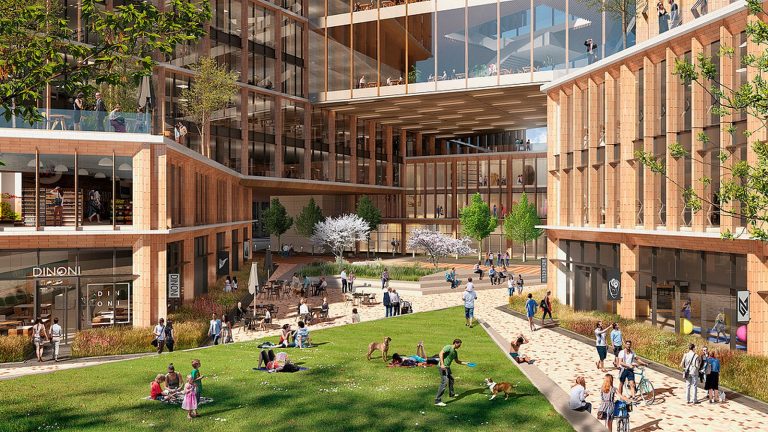In the vast realm of architectural marvels, some structures stand out not just for their design or grandeur, but for their purpose. These are the buildings that touch lives, transform societies, and leave a lasting impact. Delving into the world of altruistic architecture, we discover the spaces that carry significance far beyond their physical presence, influencing communities and shaping futures.
Buildings with a Higher Purpose
Bridging Dreams and Realities:
The essence of altruistic architecture lies in creating spaces that serve a higher purpose. It isn’t just about erecting walls and roofs; it’s about what these structures represent and the change they bring. For instance, imagine a community center that stands as a beacon of hope in a neglected neighborhood. Here, every brick carries a promise, every window opens up new possibilities, and every Donation made contributes to nurturing dreams and fostering growth.
Education Institutes: Igniting Minds
Temples of Learning:
From remote village schools to sprawling university campuses, educational institutions are the bedrock of society. These spaces shape young minds, influence ideologies, and mold future leaders. Their architecture goes beyond aesthetics to create environments that foster learning, inspire creativity, and promote collaboration.
Healthcare Facilities: Healing Bodies and Souls
Architectural Wellness:
Hospitals, clinics, and wellness centers are not just buildings; they are lifelines for communities. Their design focuses on patient comfort, efficient healthcare delivery, and holistic healing. Natural light, serene surroundings, and patient-centric designs are central to these structures, emphasizing the role of architecture in therapeutic processes.
Cultural Spaces: Celebrating Heritage and Arts
Guardians of Traditions:
Museums, art galleries, and cultural centers are the custodians of a region’s heritage and traditions. They narrate tales of bygone eras, showcase artistic prowess, and celebrate cultural diversity. Altruistic architecture, in these spaces, ensures that historical treasures are preserved while providing an enriching experience to visitors.
Community Centers: Fostering Bonds
Hubs of Interaction:
Spaces that bring people together, promote dialogue, and foster communal harmony are crucial in today’s fragmented world. Community centers, recreational areas, and public plazas play a pivotal role in strengthening social bonds, facilitating interaction, and enhancing societal integration.
Environmental Hubs: Advocating Sustainability
Echoing Mother Nature:
In the age of environmental crises, buildings that advocate and educate about sustainability carry paramount importance. Botanical gardens, eco-learning centers, and sustainable design studios are examples of spaces that prioritize the planet, integrating green technologies and promoting ecological awareness.
Places of Worship: Spiritual Anchors
Soulful Sanctuaries:
Churches, mosques, temples, and other religious structures stand as testimonies to faith, hope, and spirituality. Their architecture often combines divine inspiration with historical significance, offering solace and spiritual guidance to believers.
Charity Organizations and Shelters: Embracing Compassion
Havens of Hope:
Shelters for the homeless, orphanages, and charity organizations are embodiments of compassion and care. These spaces offer refuge, warmth, and hope to the underprivileged. Their design prioritizes safety, comfort, and accessibility, emphasizing the core values of humanity and benevolence.
The realm of altruistic architecture serves as a reminder that spaces can influence emotions, behaviors, and societal structures. Each building, each room, and each corner of these significant spaces echoes a commitment to a cause, a devotion to service, and a pledge to make a difference.
As we admire these structures, let’s also acknowledge the architects, planners, and community leaders who envision and create such transformative spaces. And as we walk through the corridors of these buildings, let’s remember that they stand as symbols of hope, education, healing, and unity.
In a world that often prioritizes grandeur over purpose, these spaces of significance shine brightly, celebrating the true essence of architecture – to serve, to inspire, and to impact. Let’s cherish them, support them, and let them guide our path towards a better, more inclusive future.

